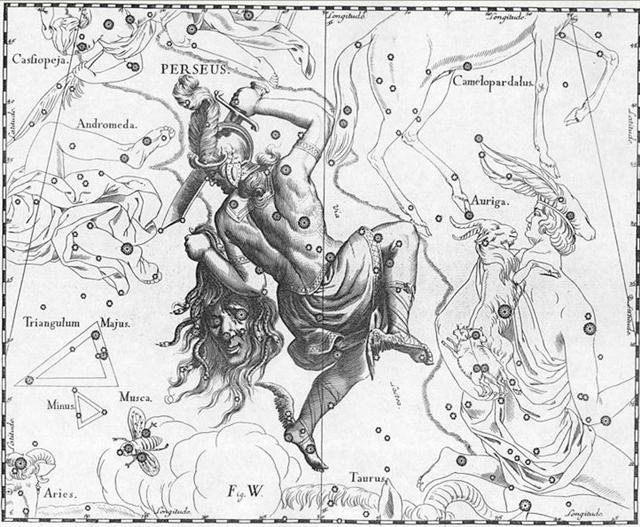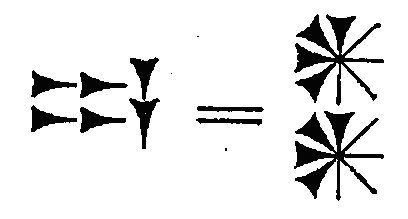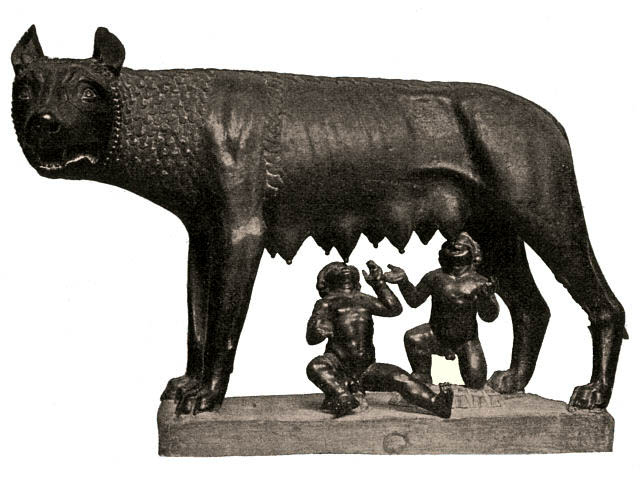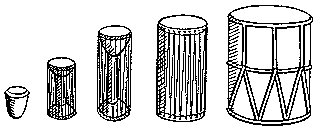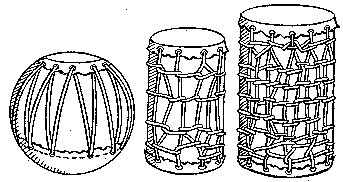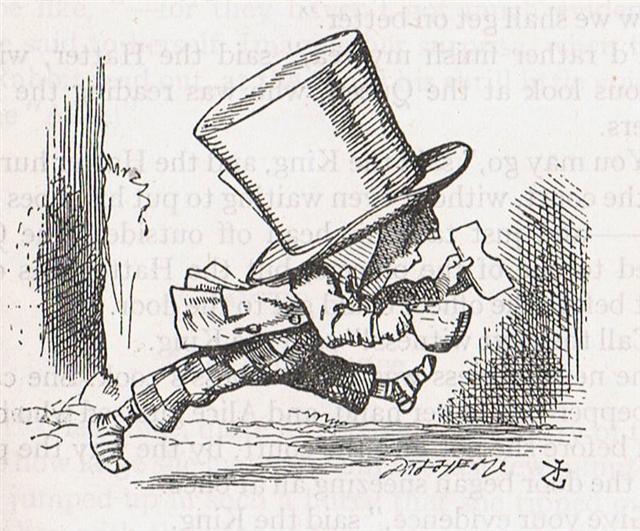There is another vero glyph in the G text, viz. at Algol:
We can count:
At Porrima the Virgin took command. Ogotemmêli: ... The four males and the four females were couples in consequence of their lower, i.e. of their sexual parts. The four males were man and woman, and the four females were woman and man. In the case of the males it was the man, and in the case of the females it was the woman, who played the dominant role. They coupled and became pregnant each in him or herself, and so produced their offspring. But in the fullness of time an obscure instinct led the eldest of them towards the anthill which had been occupied by the Nummo. He wore on his head a head-dress and to protect him from the sun, the wooden bowl he used for his food. He put his two feet into the opening of the anthill, that is of the earth's womb, and sank in slowly as if for a parturition a tergo. The whole of him thus entered into the earth, and his head itself disappeared. But he left on the ground, as evidence of his passage into that world, the bowl which had caught on the edges of the opening. All that remained on the anthill was the round wooden bowl, still bearing traces of the food and the finger-prints of its vanished owner, symbol of his body and of his human nature, as, in the animal world, is the skin which a reptile has shed. Liberated from his earthly condition, the ancestor was taken in charge by the regenerating Pair. The male Nummo led him into the depths of the earth, where, in the waters of the womb of his partner he curled himself up like a foetus and shrank to germinal form, and acquired the quality of water, the seed of God and the essence of the two Spirits. And all this process was the work of the Word. The male with his voice accompanied the female Nummo who was speaking to herself and to her own sex. The spoken Word entered into her and wound itself round her womb in a spiral of eight turns. Just as the helical band of copper round the sun gives to it its daily movement, so the spiral of the Word gave to the womb its regenerative movement. Thus perfected by water and words, the new Spirit was expelled and went up to Heaven. All the eight ancestors in succession had to undergo this process of transformation; but, when the turn of the seventh ancestor came, the change was the occasion of a notable occurrence. The seventh in a series, it must be remembered, represents perfection. Though equal in quality with the others, he is the sum of the feminine element, which is four, and the masculine element, which is three. He is thus the completion of the perfect series, symbol of the total union of male and female, that is to say of unity.
And to this homogenous whole belongs especially the mastery of words, that is, of language; and the appearance on earth of such a one was bound to be the prelude to revolutionary developments of a beneficial character. In the earth's womb he became, like the others, water and spirit, and his development, like theirs, followed the rhythm of the words uttered by the two transforming Nummo. 'The words which the female Nummo spoke to herself', Ogotemmêli explained, 'turned into a spiral and entered into her sexual part. The male Nummo helped her. These are the words which the seventh ancestor learnt inside the womb.' The others equally possessed the knowledge of these words in virtue of their experiences in the same place; but they had not attained the mastery of them nor was it given to them to develop their use. What the seventh ancestor had received, therefore, was the perfect knowledge of a Word - the second Word to be heard on earth, clearer than the first and not, like the first, reserved for particular recipients, but destined for all mankind. Thus he was able to achieve progress for the world. In particular, he enabled mankind to take precedence over God's wicked son, the jackal. The latter, it is true, still possessed knowledge of the first Word, and could still therefore reveal to diviners certain heavenly purposes; but in the future order of things he was to be merely a laggard in the process of revelation. The potent second Word developed the powers of its new possessor. Gradually he came to regard his regeneration in the womb of the earth as equivalent to the capture and occupation of that womb, and little by little he took possession of the whole organism, making such use of it as suited him for the purpose of his activities. His lips began to merge with the edges of the anthill, which widened and became a mouth. Pointed teeth made their appearance, seven for each lip, then ten, the number of the fingers, later forty, and finally eighty, that is to say, ten for each ancestor. The numbers indicated the future rates of increase of the families; the appearance of the teeth was a sign that the time for new instruction was drawing near ...
... Above the door of the temple is depicted a chequer-board of white squares alternating with squares the colour of the mud wall. There should strictly be eight rows, one for each ancestor. This chequer-board is pre-eminently the symbol of the 'things of this world' and especially of the structure and basic objects of human organization. It symbolizes: the pall which covers the dead, with its eight strips of black and white squares representing the multiplication of the eight of human families; the façade of the large house with its eighty niches, home of the ancestors; the cultivated fields, patterned like the pall; the villages with streets like seams, and more generally all regions inhabited, cleared or exploited by men. The chequer-board and the covering both portray the eight ancestors ... ... 'Where you see the iron hook between the mounds,' said Ogotemmêli, 'is the place where the ancestor smith began to work at his smithy in the primal field.' 'But the hook? What is that?' 'The hook is the anvil. It is buried in a cross-beam.' 'A cross-beam of the roof?' 'No! There is a short piece of wood on the pediment, not to be confused with the roof timbers. It is the symbol of the beam in which the anvil is fixed ...
|
||||||||||||||||||||||||||||||||||||||||||||||||||||||||||||||||||||||||||||||||||||||||||||||||||||||||||||||||||||||||||||||||||||||||||||||||||||||||||||||||||||||||||||||||||||||||||||||||||||||||||||||||||||


